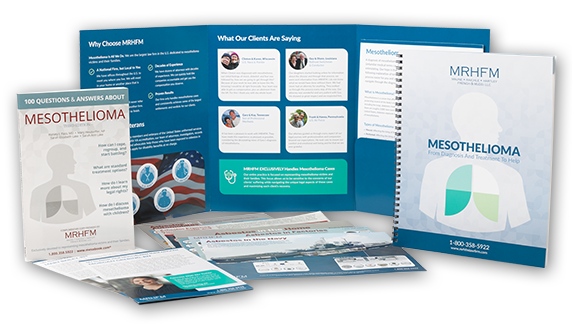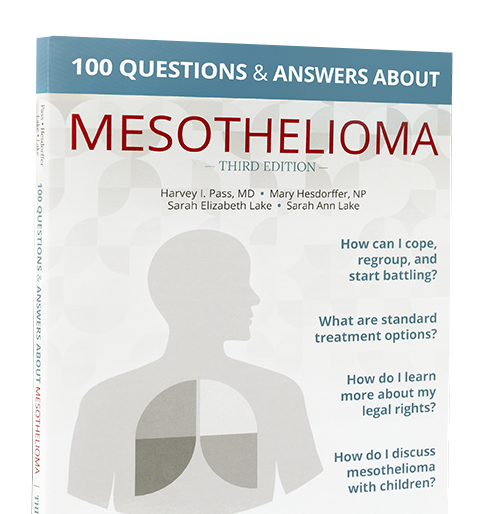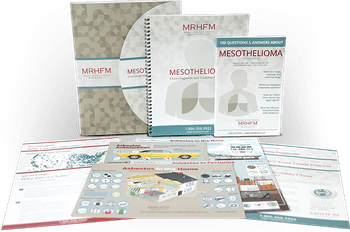Researchers at the University of Zurich say a natural “glue” known as fibrin, combined with the chemotherapy drug Cisplatin, could help treat malignant pleural mesothelioma (MPM). The researchers in the university’s Department of Thoracic Surgery also believe that this combination may also help prevent a recurrence.
The treatment, known as Cisplatin-Fibrin chemotherapy would be administered after extrapleural pneumonectomy (EPP) or pleurectomy/decortication (P/D).
EPP is a common surgery for MPM.
During the surgery, the diseased lung is removed, along with part of the pericardium (membrane covering the heart), part of the diaphragm (muscle between the lungs and the abdomen), and part of the parietal pleura (membrane lining the chest).
P/D is a two-part surgery.
The first step in the operation is a standard pleurectomy, in which a surgeon removes the pleura, or membrane surrounding the lungs. The second step is a decortication, during which a surgeon removes visible tumors from the chest cavity. Although P/D is an aggressive surgery, Moffitt Cancer Center (MCC) says, “for certain patients, a pleurectomy/decortication can be a lung-sparing alternative to a more extensive form of mesothelioma surgery, such as the EPP. Patients who are good candidates for a P/D may have shorter recovery periods than patients who undergo more complex operations.”
Although the recovery time after an EPP is longer P/D recovery times, “both types of procedures can have positive outcomes in terms of survival and quality of life,” says MCC.
With the addition of Cisplatin-Fibrin chemotherapy following either procedure, researchers believe that the chances of a recurrence can be reduced even further because fibrin allows Cisplatin to function for greater periods. The researchers wrote:
“In order to overcome the issue of high systemic toxicity, possibly caused by a fast uptake of Cisplatin from the heated [chemotherapy] solution, we have developed in our laboratory a novel concept by binding Cisplatin to fibrin (Vivostat) used as a carrier. Fibrin, a natural glue in our bodies, can be produced from fresh frozen plasma, and using the Vivostat System, this can be combined with your drug of choice and the resulting Cisplatin-Fibrin gel can be sprayed onto the desired area following tumor resection.”
When this treatment concept was tested in a specific small animal tumor recurrence model of MPM (developed only for this purpose) the researchers “observed reduced local tumor recurrence similar to the treatment with the Cisplatin-solution and, moreover, a better therapeutic index with much higher and prolonged concentration of Cisplatin in the chest wall, while the systemic concentration was much lower. This was confirmed in a large animal model resulting in less side effects on kidney function.”
The concept of localized intracavitary Cisplatin-Fibrin chemotherapy after P/D or EPP is currently being evaluated in a phase I Dose-Escalation/Phase IIa trial to assess the safety and toxicity of the treatment. ClinicalTrials.gov lists the study as currently recruiting, with an expected completion date of August 2020.
If you have been diagnosed with mesothelioma, talk to your doctor about all of the treatment options available to you, including opportunities to participate in current and future clinical trials. A new or experimental treatment such as Cisplatin-Fibrin chemotherapy may be helpful in treating your specific type of mesothelioma, so talk to your doctor today.
Sources
“Intracavitary Cisplatin-Fibrin Localized Chemotherapy After P/D or EPP for Malignant Pleural Mesothelioma.” ClinicalTrials.gov. U.S. National Library of Medicine, 08 Aug. 27. Web. 06 Sep. 2019.
“Malignant pleural mesothelioma: from bedside to bench and from bench to bedside.” SciTech Europa Quarterly. SciTech Europa, 29 May 2019. Web. 06 Sep. 2019.
Opitz, Isabelle. “Management of malignant pleural mesothelioma—The European experience.” Journal of Thoracic Disease. AME Publishing Company, May 2014. Web. 06 Sep. 2019.
“Pleurectomy/Decortication for Mesothelioma.” Moffitt Cancer Center. H. Lee Moffitt Cancer Center & Research Institute, 2019. Web. 06 Sep. 2019. May 2014.





